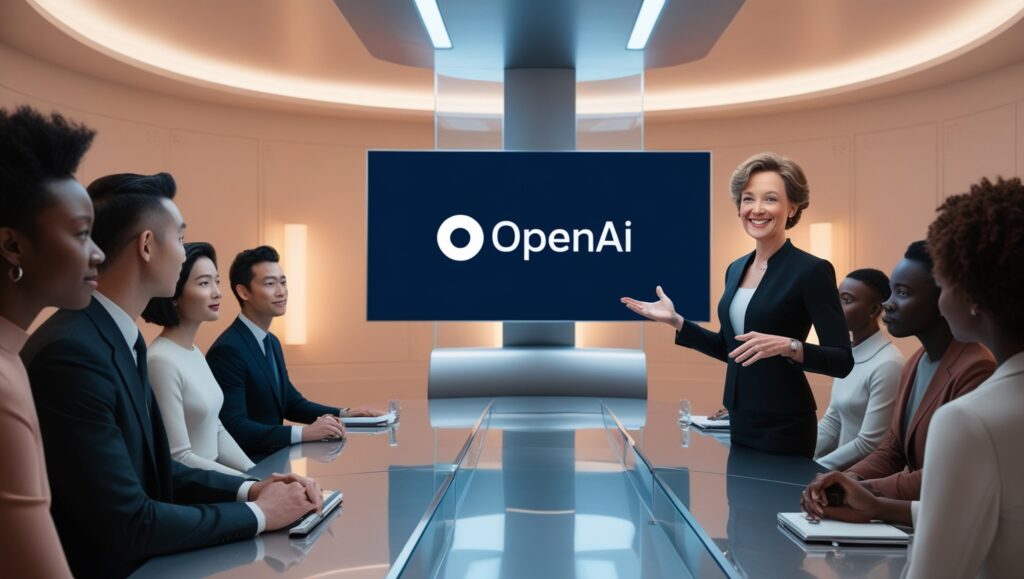On Tuesday, Meta Platforms launched the most recent version of their mostly free Llama 3 artificial intelligence models, which includes multilingual skills and general performance measures that outperform commercial models from competitors such as OpenAI.
The latest Llama 3 model can talk in eight languages, create higher-quality computer code, and tackle more challenging math problems than earlier incarnations, according to Facebook, which announced the release in blog postings and a research paper.
Although it is still smaller than the top models provided by rivals, it eclipses the previous version that was released last year with 405 billion parameters, or variables that the algorithm considers to provide responses to user queries.
In contrast, OpenAI’s GPT-4 model is said to have one trillion parameters, and Amazon is working on a model that will have two trillion.
Chief Executive Mark Zuckerberg, who is promoting Llama 3 through a variety of media, predicted that by the next year, future Llama models will surpass proprietary rivals. With hundreds of millions of users currently, the Meta AI chatbot driven by those models is expected to overtake all other AI assistants by the end of the year, according to him.
The announcement coincides with a race by tech companies to demonstrate that their expanding portfolios of resource-hungry large language models can produce enough improvements in well-known domains, such as advanced reasoning, to warrant the enormous sums of money that have been invested in them.
Updated versions of Meta’s lighter-weight 8 billion and 70 billion parameter Llama 3 models, which were first announced in the spring, are being released in addition to the company’s flagship 405 billion parameter model, according to Meta.
With an expanded “context window,” which can handle more complex user demands, all three of the new models are multilingual and, according to Ahmad Al-Dahle, head of generative AI at Meta, will enhance the experience of creating computer code in particular.
Larger context windows provide the models with something like to a longer memory that helps them understand multi-step requests, Al-Dahle told in an interview. “That was the number one feedback we got from the community,” he commented.
Meta’s top AI scientist has stated that he expects such models would encounter reasoning limitations and that other forms of AI systems will be required to achieve achievements.
Separately, Al-Dahle said that by employing AI to produce some of the training data, his team was able to enhance the Llama 3 model’s performance on tasks like math problem solving.
Developers may utilize Meta’s Llama models for free, a tactic Zuckerberg believes will pay off in the form of cutting-edge products, reduced reliance on potential rivals, and increased participation on the company’s primary social networks. However, some investors have expressed disapproval at the associated expenditures.
In addition, the business would profit if developers choose to utilize its free models rather than paid ones, undermining its competitors’ business strategies. Meta’s release highlighted improvements on important math and knowledge examinations, which could increase the desirability of that opportunity.
Measurement of AI development progress is notoriously challenging, but test results from Meta seemed to indicate that its largest Llama 3 model was almost matching, and in some cases surpassing, the performance of Anthropic’s Claude 3.5 Sonnet and OpenAI’s GPT-4o, which are considered to be the two most potent frontier models available.
For instance, Meta’s model scored 73.8 on the MATH benchmark, which consists of competition-level math word problems, whereas GPT-4o scored 76.6 and Claude 3.5 Sonnet scored 71.1.
On the MMLU benchmark, which spans several math, science, and humanities courses, the model received a score of 88.6, whereas GPT-4o and Claude 3.5 Sonnet received scores of 88.7 and 88.3, respectively.
The meta researchers also hinted at future “multimodal” versions of the models—which will be released later this year and add speech, video, and image capabilities to the core Llama 3 text model—in their article.
According to them, preliminary tests show those models can function “competitively” against existing multimodal models like Claude 3.5 Sonnet from Anthropic and Gemini 1.5 from Google.









